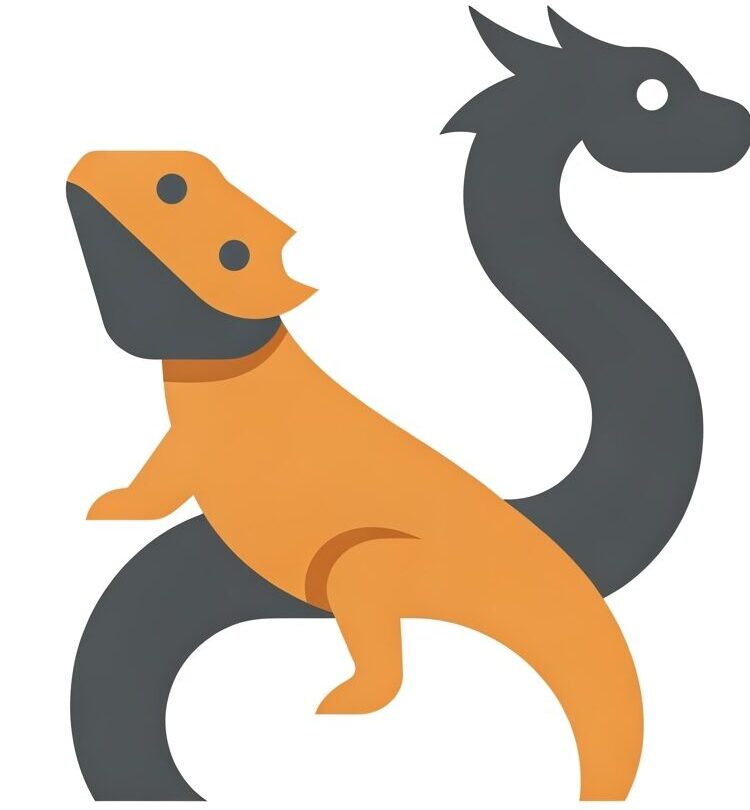Can Leopard Gecko Safely Eat Hornworms? A Complete Guide
A proper diet is essential for keeping your Leopard Gecko healthy and thriving. This article will explore whether Hornworms are a safe and nutritious addition to your Leopard Gecko’s meals.
The Short Answer (Is Hornworms Safe?)
Yes, Hornworms can be a safe and even beneficial treat for Leopard Geckos. They are relatively high in moisture and can aid in hydration, plus they can be a good source of certain nutrients. However, they should only be offered as a treat due to their fat content and calcium-phosphorus ratio.
Nutritional Value / Potential Risks
Hornworms are known for their bright green color and rapid growth. This growth comes with some nutritional characteristics to be aware of.
-
Moisture Content: Hornworms are composed of a high percentage of water, which is fantastic for Leopard Geckos. Dehydration is a common concern, and hornworms can help supplement their water intake.
-
Nutritional Value: They contain some vitamins and minerals. However, their overall nutrient profile is not as complete as staple insects like crickets or dubia roaches.
-
Calcium-Phosphorus Ratio: The Calcium:Phosphorus ratio in Hornworms is not ideal. It is lower than 1:1, meaning they contain more phosphorus than calcium. A proper ratio (ideally 2:1) is vital for preventing Metabolic Bone Disease (MBD) in Leopard Geckos. Dusting with a calcium supplement is a must.
-
Fat Content: Hornworms are higher in fat compared to feeder insects like crickets or mealworms. Too much fat in a Leopard Gecko’s diet can lead to obesity and other health problems.
-
Size: Hornworms can grow quite large. Make sure the Hornworm you are feeding your Leopard Gecko is appropriately sized, ideally no larger than the space between their eyes to avoid impaction risks.
How to Feed (If Applicable)
If you decide to feed Hornworms to your Leopard Gecko, here’s how to do it safely:
- Frequency: Limit Hornworms to an occasional treat – no more than once or twice a week.
- Gut-Loading: Gut-load the Hornworms for 24 hours before feeding them to your gecko. This means feeding them a nutritious diet to improve their nutritional value. Commercial gut-loading diets are readily available.
- Dusting: Always dust the Hornworm with a calcium supplement containing Vitamin D3 before offering it to your Leopard Gecko to help correct the calcium-phosphorus ratio.
- Size Matters: Select a Hornworm that is appropriately sized for your gecko.
- Offer with Tongs: Use tongs to offer the Hornworm to your Leopard Gecko. This helps you control the feeding and ensures your gecko doesn’t accidentally ingest substrate.
Important Considerations / Warnings
- Variety is Key: A varied diet is crucial for Leopard Gecko health. Relying solely on Hornworms is not recommended. Staple insects like crickets, dubia roaches, and mealworms should form the bulk of their diet.
- Watch for Reactions: After introducing Hornworms, monitor your Leopard Gecko for any signs of digestive upset, such as regurgitation or changes in stool.
- Obesity Risk: Be mindful of the high fat content of Hornworms and adjust their overall food intake accordingly to prevent obesity.
- Supplementation is Essential: Don’t forget to dust with calcium and multivitamin supplements to ensure complete nutrition.
Conclusion
Hornworms can be a safe and even enriching treat for Leopard Geckos when offered sparingly and prepared correctly with proper supplementation. However, they should not be the foundation of their diet. Prioritizing a diverse menu of gut-loaded and supplemented staple insects is crucial for maintaining a healthy and happy Leopard Gecko.
